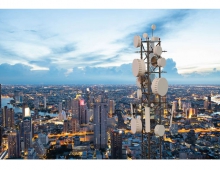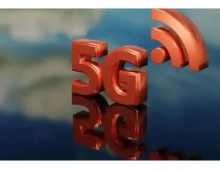
FCC Limits Fees for 5G Infrastructure Deployment
The Federal Communications Commission decided to limit fees that wireless companies can be charged for permission to install 5G wireless network antennas.
This action, underscores the FCC's commitment to ensuring that the United States wins the global race to 5G.
The first part of the Commission's decision, a Declaratory Ruling, focuses primarily on local fees for the authorizations necessary to deploy small wireless facilities.
The FCC also tightened deadlines for localities to consider applications to put antennas on publicly owned poles, or install new gear beside sidewalks and in medians.
The change affects procedures around so-called small cells that will be spaced every few blocks and carry signals for 5G, which will perform as much as 100 times faster than the current 4G standard. FCC says the antennas involved are the size of a backpack, but some of the gear is the size of a refrigerator, and new poles can be four stories tall.
"Big-city taxes on 5G slow down deployment there and also jeopardize the construction of 5G networks in suburbs and rural America," said FCC Chairman Ajit Pai. "And when a municipality fails to act promptly on applications, it can slow down deployment in many other localities."
Wireless companies are rushing to deploy 300,000 or more antennas in the coming years as they chase market share, in part by being first with the speedy 5G network.
However, groups representing cities, mayors, counties and regional bodies asked the the FCC to reject the measure. New York, Los Angeles, Chicago and other cities objected, saying the FCC's measure would stand in the way of agreements for companies to spread 5G service throughout jurisdictions.
Under the FCC order, cities couldn't charge more than it costs them to process applications and manage rights-of-way -- an amount the agency estimated at $270. This amount is far short of charges in some cities, such as New York and San Jose, California.
The FCC also tightened to 60 days, from 90, the time limit for localities to review new small antennas on existing structures, and placed a 90-day limit for considering new installations, down from 150 days. The 90- and 150-day limits still apply to the large, traditional cell towers that can stand 200 feet tall.





















